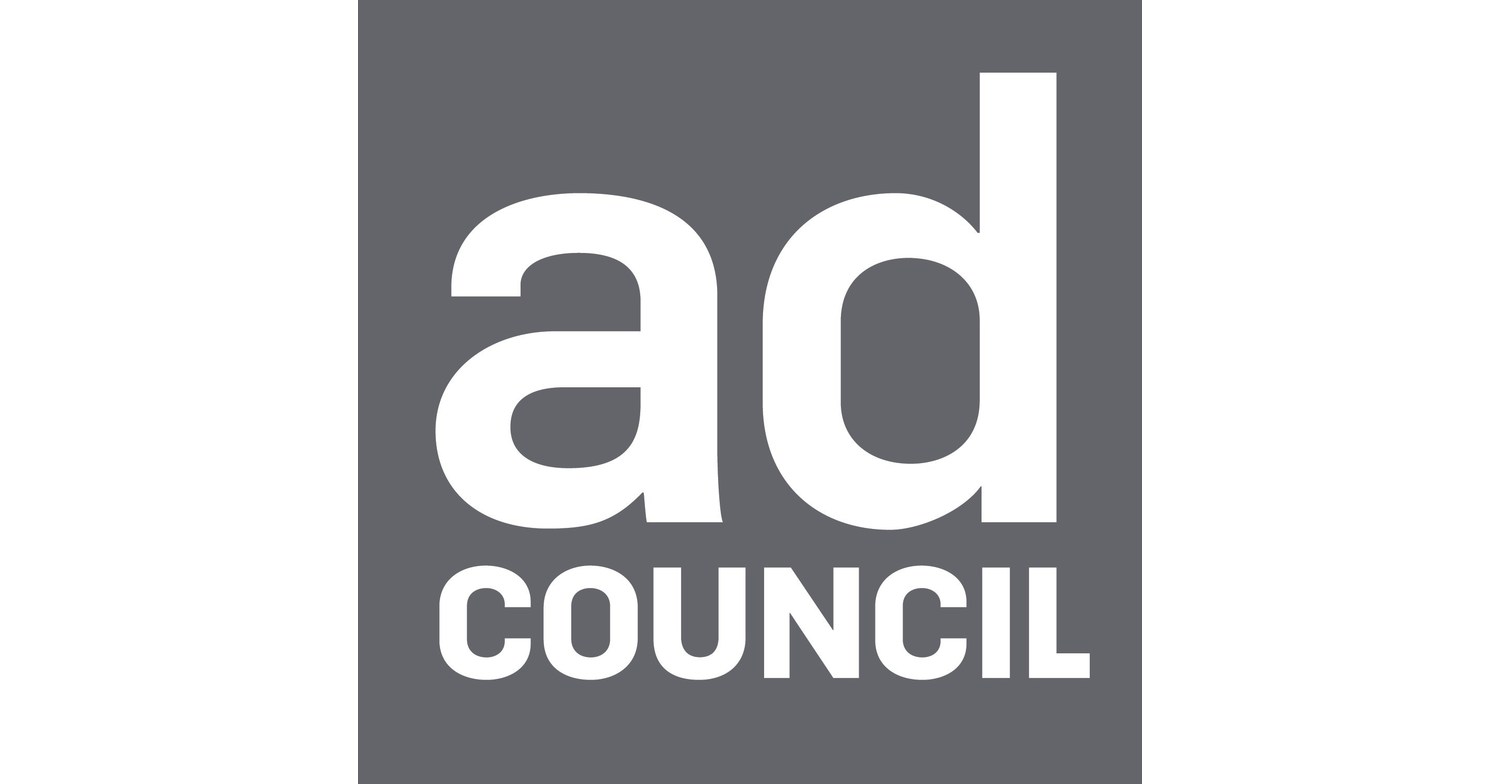
GTN
Gray Media, Inc.
$4.92
-0.05
(-1.01%)
| Exchange: | |
| Market Cap: | 455.101M |
| Shares Outstanding: | 11.034M |
About The Company
| Sector: | Communication Services | |||||
| Industry: | Broadcasting | |||||
| CEO: | Hilton Hatchett Howell Jr. | |||||
| Full Time Employees: | 9118 | |||||
| Address: |
|
|||||
| Website: | https://graymedia.com |
Gray Media, Inc., a television broadcasting company, owns and/or operates television stations and digital assets in the United States. It also broadcasts secondary digital channels affiliated to ABC, CBS, NBC, and FOX, as well as various other networks and program services, including CW Plus Network, MY Network, the MeTV Network, Justice, This TV Network, Antenna TV, Telemundo, Cozi, Heroes and Icons, and MOVIES! Network; and local news/weather channels in various markets. In addition, the company offers video program production services. It owns and operates television stations and digital assets that serve 113 television markets in the United States. The company was formerly known as Gray Communications Systems, Inc. and changed its name to Gray Television, Inc. in August 2002. Gray Television, Inc. was founded in 1891 and is headquartered in Atlanta, Georgia.
Click to read more…
Revenue Segmentation
EPS
Earnings Call
Income Statement
(* All numbers are in thousands)
Balance Sheet
(* All numbers are in thousands)
Cash Flow Statement
(* All numbers are in thousands)
Analyst Estimates
(* All numbers are in thousands)







